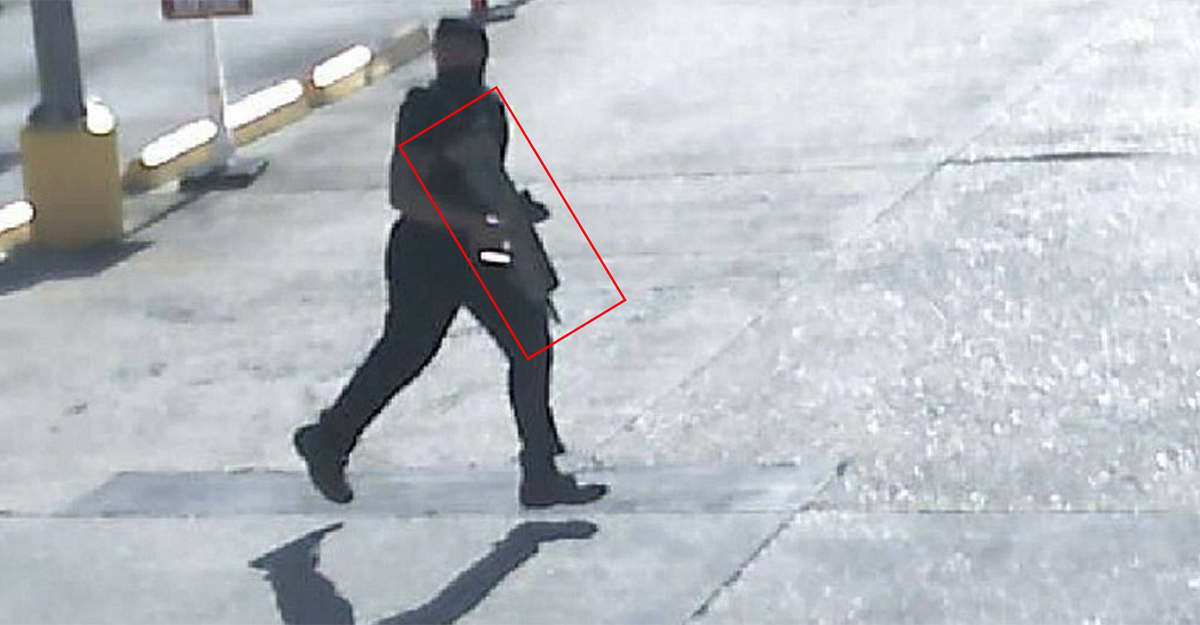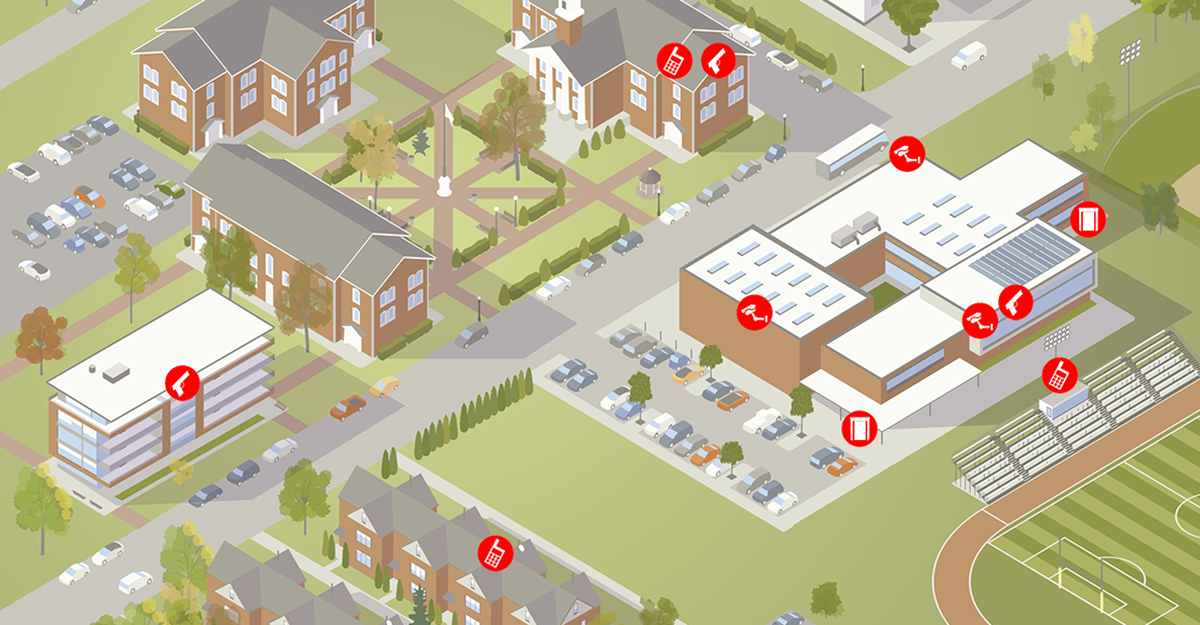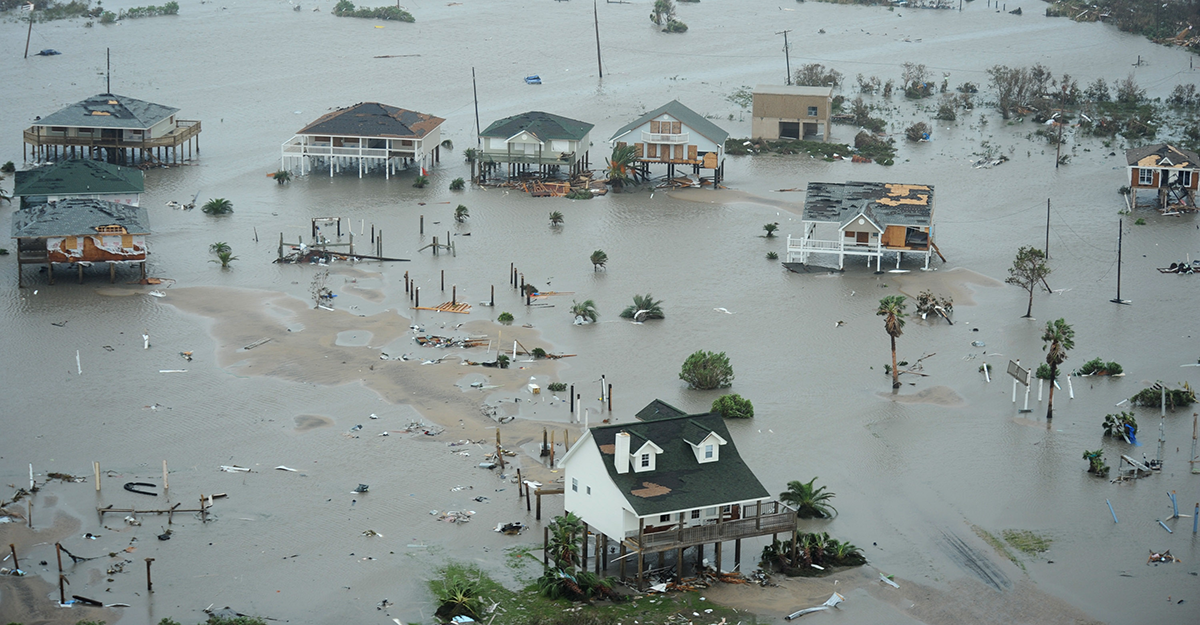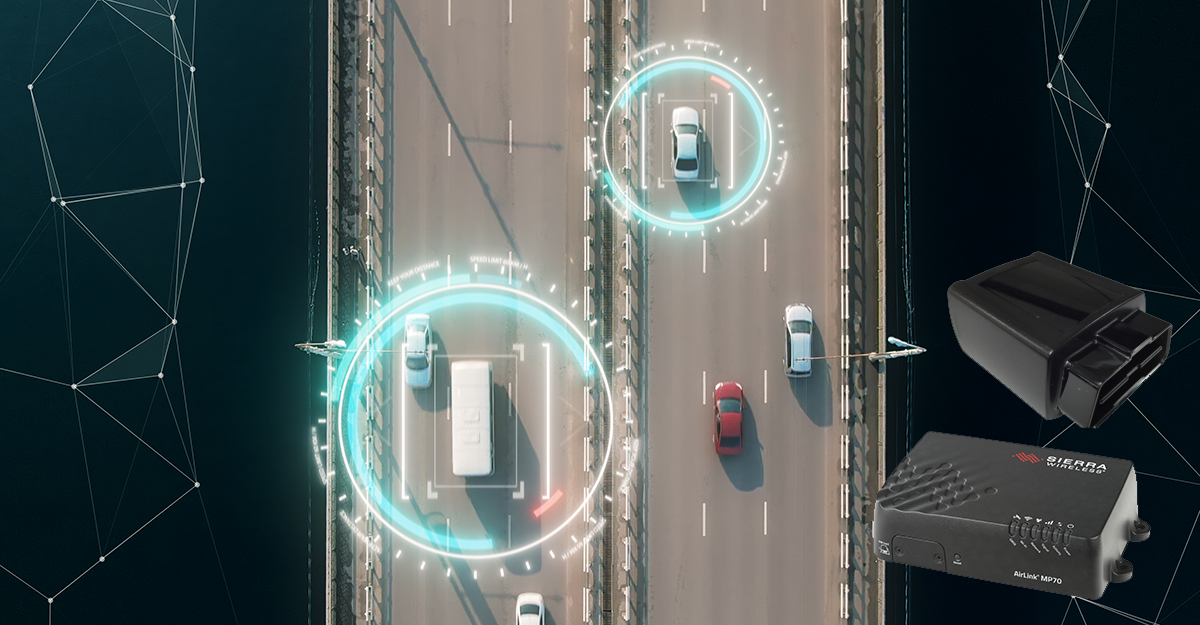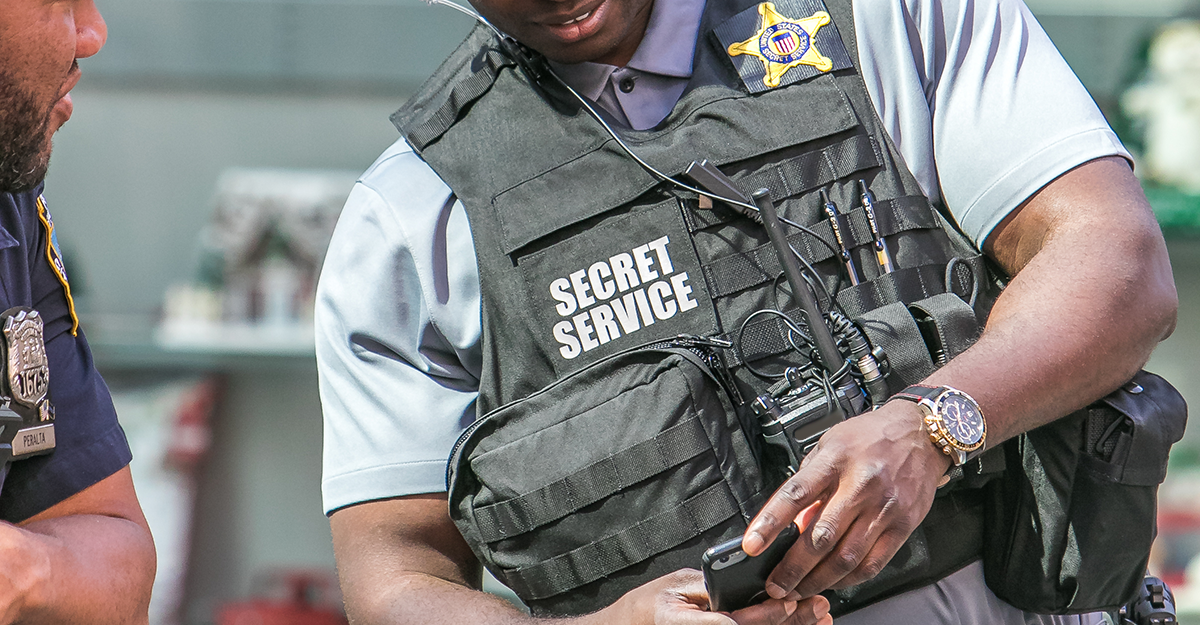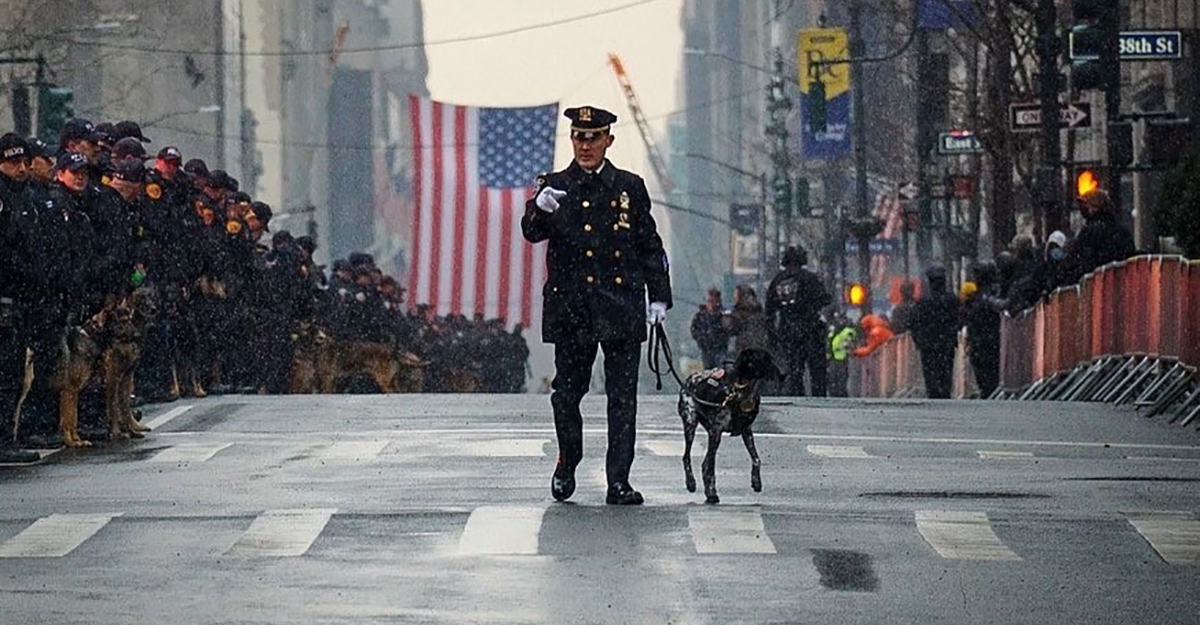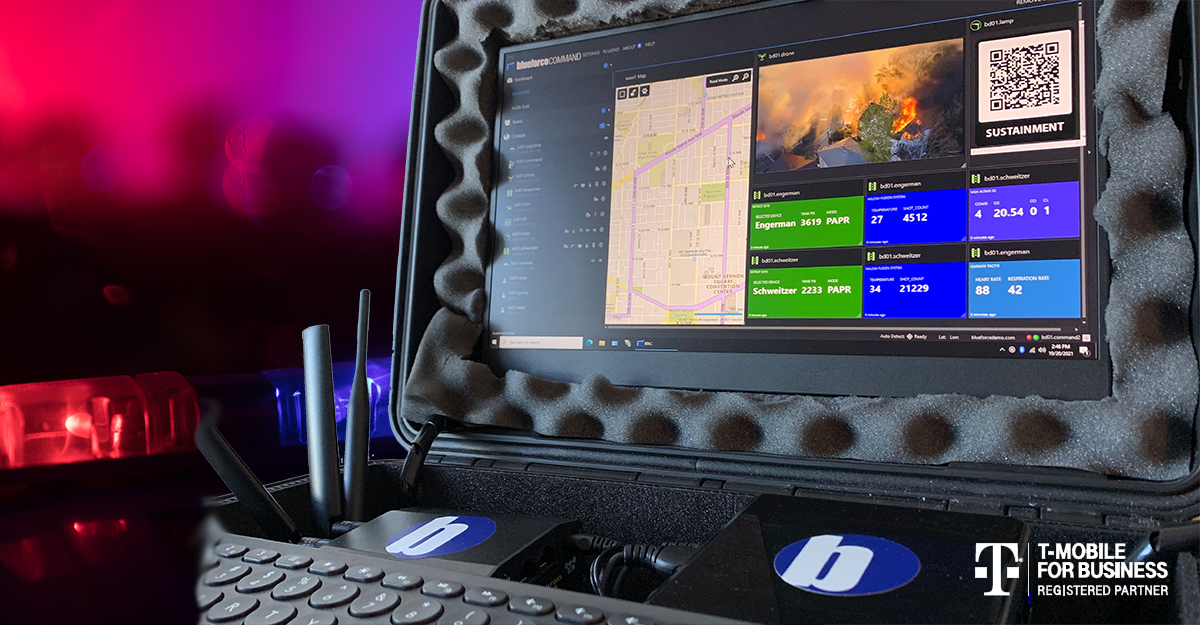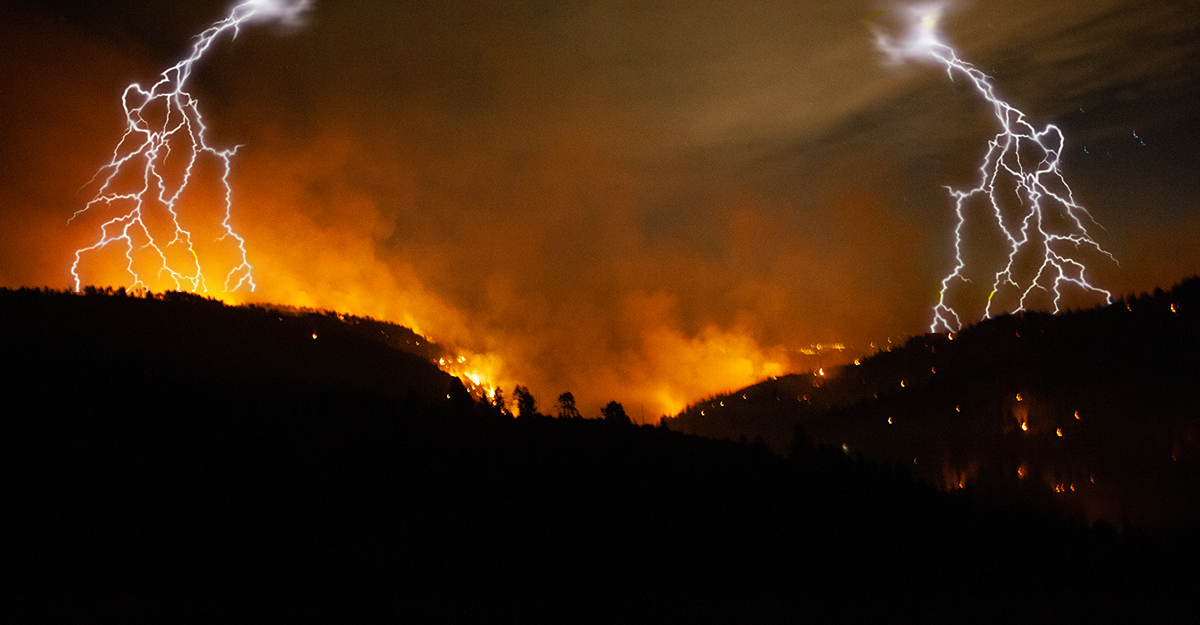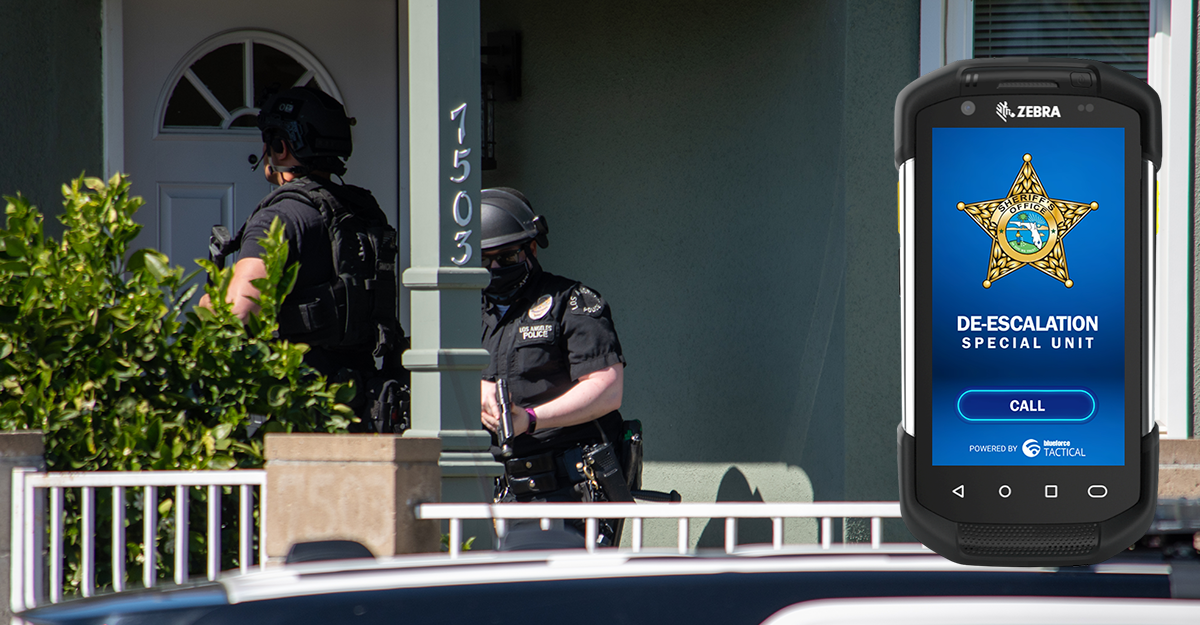Multi-variant sensing and cueing largely speaks to physical sensors interacting with each other (even sensors from disparate manufacturers) at high speeds to derive meaning and minimize “false positivesâ€. Adding privacy-assured artificial intelligence, in the form of cognitive services, provides additional precision for threat detection and mitigation. Recognitional support and stream analytics is an essential component of a multi-tiered approach to identify a security and/or safety...
Read MoreThe 2022 Blueforce Texas Road Show
The 2022 Blueforce Texas Road Show gives you hands-on access to the latest in Public Safety, Safe Campus, and Autonomous Platform technologies. The Road Show kicks off Tuesday October 11, 2022 in Houston. For more information, click here…


